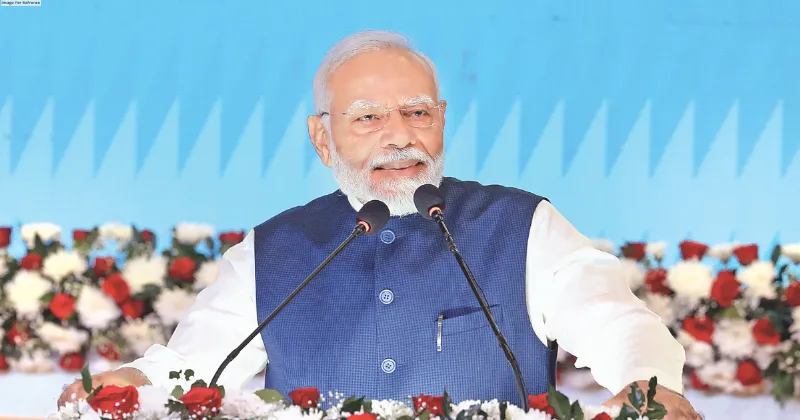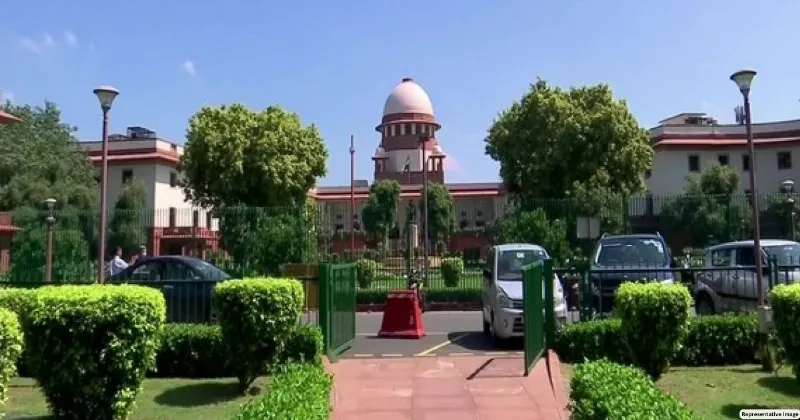NOW INDIAN STARTUPS SHOULD PRIORITISE THE NORTHEAST STATES

The northeastern states of India, known more commonly as the North East States, require urgent attention from the government regarding their financial issues. It’s also a reality that there is limited public awareness about these eastern states within India, and they are not adequately integrated into mainstream discussion. While various reasons may contribute to this, it’s essential for them to receive continuous encouragement in economic development, similar to other states, which is not only their democratic right but also crucial for India’s rapid economic advancement. Despite the interim budget presented by the Modi government in the shadow of upcoming elections being somewhat shortsighted, it had some far-reaching thinking.It is now highly anticipated that the new government after union election woul formulate a specific economic policy focusing on these eight northeastern states— Arunachal Pradesh, Assam, Manipur, Meghalaya, Mizoram, Nagaland, Sikkim, and Tripura—to work towards their economic development. Otherwise, these states, crucial to India’s strategic architecture and facing precarious financial situations, may continue to be concerned about their future, especially considering neighboring countries in East Asia, including China, which could indirectly enhance their participation in these states, potentially leading to adverse geopolitical consequences for India in the future.
An official notification has been issued regarding the establishment of the 16th Finance Commission in the recent past, so it is now imperative that a thorough analysis of the current financial situation of the northeastern states be undertaken for further discussion, enabling the 16th Finance Commission to draw up its important plans for these states soon. According to the 15th Finance Commission, what is most surprising about the financial situation of these northeastern states is that these eight northeastern states of India depend more on financial loans provided by the central government or on revenue-sharing from the central government for their economic development compared to other states. 87 percent of Mizoram’s economy is being supported by revenue-sharing in central government financial loans and special grants received from the central government, recommended either by the Finance Commission or through other financial sources.
It is also noteworthy that according to the 15th Finance Commission, the debt burden of these eight northeastern states in the previous year exceeds 33 percent. Nagaland holds the highest share at 53 percent, followed by Arunachal Pradesh at 48 percent and Meghalaya at 44 percent. Assam is in the best position, with only 25 percent of its GDP being represented by financial loans. The main problem is that the economy’s growth rate and its GDP remain highly unstable in these states. If the growth rate stays at 16 percent one year, it suddenly drops to 8 percent the next. Due to the instability in GDP and growth rates, the states’ own financial resources dwindle significantly, leading them to rely heavily on the central government for financial assistance. According to a report from the 15th Finance Commission, in these states, the state’s financial income as a percentage of its GDP was only 6.79 percent in 2022-23, which saw a slight increase to 7.14 percent in 2023-24. It is also crucial to understand that the primary basis of economic development in these states is agriculture and the service sector. While the service sector, particularly tourism, is a significant contributor, the inadequate development of infrastructure poses a major problem. It is also noteworthy that except for Assam, the manufacturing sector’s contribution in all other northeastern states is almost negligible. However, there have been some changes recently, with new petrochemical industries being established in Assam and new hydro power projects in Sikkim, although these are relatively minimal in comparison.
The Modi government has revamped the North East policy, which has been in place for some time, into the Act East Policy, emphasizing commerce, culture, and connectivity as its main pillars. In reality, due to prolonged political instability and geographical challenges in these states, adequate infrastructure development has not been possible in line with modern industrial needs. Consequently, the biggest hindrance to the development of these states is the lack of established private investment. Another major issue is that a significant portion of the financial income in these states, received from both the center and grants, is consumed in salary, pensions, and interest payments on financial debts, resulting in very little financial availability for laying down basic infrastructure.
THE VIEWS EXPRESSED BY THE AUTHOR ARE PERSONAL
Dr PS Vohra The writer is a columnist and financial thinker





















